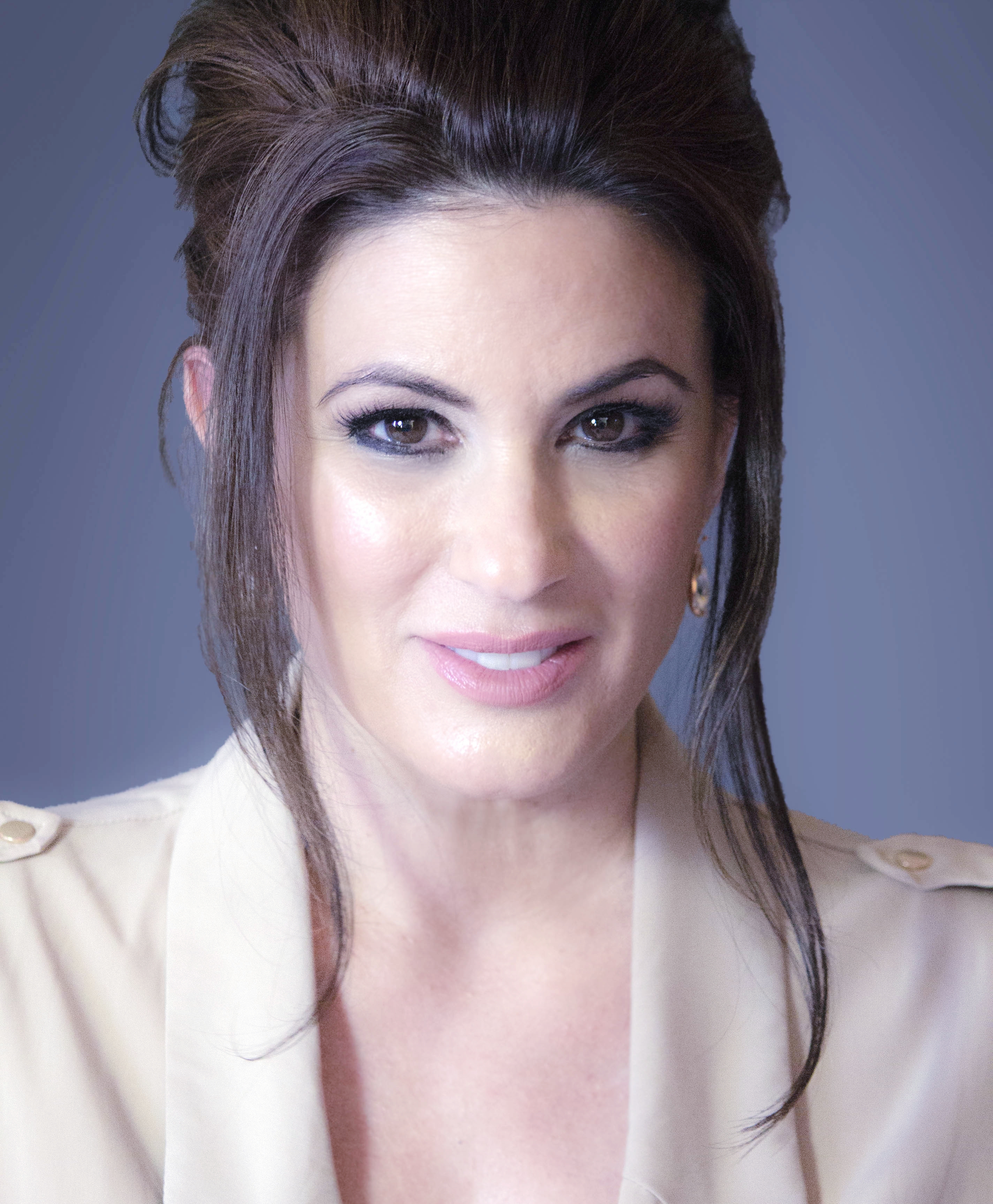Chemical peels are versatile, simple, and effective ways to improve skin and help clients succeed on their journey to healthy and more youthful-looking skin. Chemical peels were ranked among the top five minimally invasive cosmetic procedures in 2019 by The American Society of Plastic Surgeons. This procedure is excellent for improving tone, texture, hyperpigmentation, acne, wrinkles, laxity, and acne scarring. There are many devices and treatments that promise to soften and smooth skin and address acneic, hyperpigmented, and aging skin, but chemical peels can treat all these issues and are often more affordable for clients.
Sometimes the words chemical and peel can conjure trepidation; however, there is no need to fear this treatment. There are several ways to become confident in chemical peel application and process.
LAYING THE FOUNDATION
Find out what the client’s skin concerns and goals are. They may want to improve conditions of acne, sun damage, hyperpigmentation, aging, sagging, wrinkles, and firmness, or a combination of these concerns. Discuss options and ensure the client commits to proper homecare in addition to receiving chemical peels, as the two go hand in hand. Have the client complete a client history form that includes all mediations, health concerns, diseases, allergies, and surgeries to see if there are any contraindications before administering chemical peels.
Preparing skin for a chemical peel is ideal and can help achieve better, more predictable results. Homecare products containing anti-inflammatory and antioxidant properties like shea butter, vitamin E, and plant sterols like aloe vera are good choices. Before the first chemical peel, have clients read and sign a consent form and a periprocedural care form.
Want to read more?
Subscribe to continue reading this article, plus gain access to all DERMASCOPE has to offer.
SUBSCRIBE

MaryJo Reeves is a beauty industry leader, licensed aesthetician, writer, and speaker with over 18 years of experience in the medical aesthetic field. Reeves has a Bachelor of Science degree from Northern Arizona University and shares her passion for clinical education and business development with fellow aestheticians, physicians, and skin health providers nationwide. She is a contributing author at Professional Skin Care Training. Reeves lives in Scottsdale, Arizona with her husband and their Shih Tzu, Francesca.